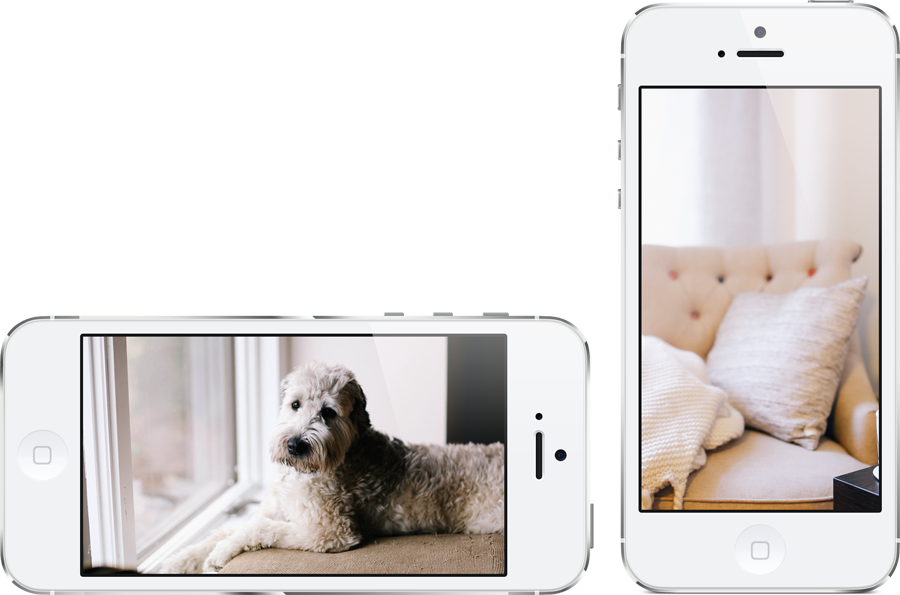TAGS

Insurance is Insurance, right? Wrong! Many people don’t realize that their insurance is inadequate until it’s too late. (Image Courtesy: )
Makana thought she had insurance. She thought she was covered. The Myth around Hawaii’s “Managed Care” gets exposed…
We see it time and time again here Car accident victims, with mild whiplash or more severe injuries, are being denied proper care due to “Managed Care”. The worst part is, many do not know that they are even enrolled in this program. Our hope is to educate the average Hawaii driver, so our Ohana receive the care that they deserve.
Here we provide EASY TIPS and strategies to ensure YOU and your FAMILY have adequate and affordable auto insurance coverage.
1. What is No-Fault Insurance in Hawaii?
In Hawaii, the term “no-fault” auto insurance means that an insured driver can utilize their personal injury protection benefits or PIP to cover bodily damages to themselves and their passengers, regardless of fault. Many states adopted “no fault” systems as a humanitarian effort to insure swift payment for medical bills, instead of waiting to determine fault. The system also puts restrictions on lawsuits brought by ambulance chasing lawyers who can clog up the system.
It’s important to note, however, that damages to the vehicle and property are in fact covered by the driver-at-fault.
2. What type of Auto Insurance is required in Hawaii?
The law requires that Hawaii drivers hold a minimum level of each of three types of auto insurance coverage: Personal Injury Protection (PIP), Bodily Injury to Others, and Property Damage Liability.
3. What is the minimum amount of Auto Insurance coverage that I required to have in Hawaii?
This covers the medical bills for you and your passengers.
When you are at fault, these cover the damages suffered by the other party.
4. What types of coverage options are available?
Your insurance company will have a variety of options available.
5. What are the Dangers of choosing PIP “Managed Care”?
Many Hawaii drivers do not realize they are enrolled in this program until it is too late. Very often policy holders initially chose this option because it offers a bit of a discount. Our experience shows that this option severely limits your treatment. And, if not treated properly, and other back and neck injuries can turn into chronic pain and disabilities.
If you’ve been the victim of a car crash, chances are you are more than stressed, dealing with pain and potential lost wages. Managed care limitations add to that stress by leading to disagreements between your doctor and the insurance provider as to what medical care is best for you. Battling with the insurance company is the last thing you want to think about. So, take a moment and call your insurance provider. It may mean the difference of only a couple Loco Mocos each month.
6. How do I save on auto insurance in Hawaii?:
Dump collision coverage: If you’re driving a cheap Maui Cruiser, consider dropping the collision coverage, which will pay to repair your car in the event of an accident. But watch out, if you can’t afford to replace the car if it is totaled, then it is best to keep this coverage and keep paying the higher deductible.
Clean Driving Record Discount: Almost every insurance company offers good-driver discounts if you haven’t been in an accident or gotten a ticket in at least two years.
Raise your deductibles. If you can financially handle the first $500 or $1,000 of damages in the case of an accident, then raising your deductible can save you hundreds on your premium each year. But, again, be smart and OPT OUT of the “Managed Care”option.
Discounts, Discounts, Discounts: It can’t hurt to ask. Many companies will offer discounts for military, teachers, seniors, or other specific professions. There are discounts for non-smokers, clean health records, additional security features, and the list goes on. So be sure to ask for a complete list of discounts offered by your insurance company.
7. What kind of recourse can I take to get my medical bills paid?
Hawaii’s no fault system operates on what’s called a monetary threshold. This is a caveat that allows you to sue the other party once your medical bills reach $5,000.
However, insurance companies get vague as to what qualifies in that threshold figure. Avoiding “Managed Care” up front and choosing Underinsured (UIM) and Uninsured (UM) options can help to offer you more care options and funding. There are also personal injury lawyers who specialize in getting you funds through Hawaii’s no fault laws.
8. How do the big Insurance companies compare in Hawaii?
These complaint ratios are based on the number of written complaints received by the Insurance Division received from January 1, 2012- December 31st 2012. These numbers do not reflect any determination on judgement of fault made on the part of the Insurance Division.
Curious on how Hawaii Auto Insurance compares with the rest of the US? (Source bankrate.com)
Louisiana and Washington DC have the most expensive car insurance rates. While Iowa and South Dakota have the least expensive. See the full char
Written by:

.
